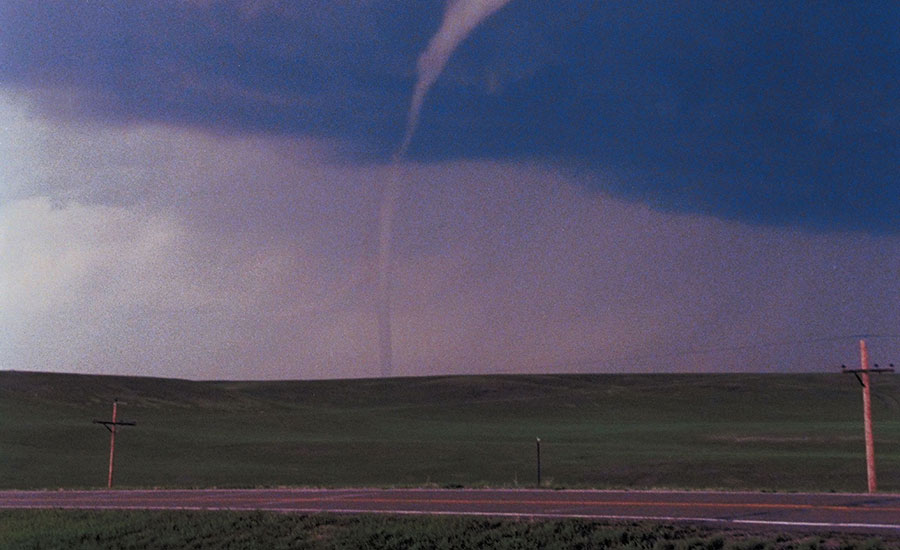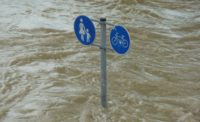Survey: Healthcare Organizations Lack Disaster Preparedness

Only 72 percent of healthcare providers believe their organization’s disaster plan is comprehensive enough to cover a variety of disaster scenarios inside the organization and across the community, according to a new survey from DrFirst, an e-prescribing and medication management company.
Among specialty care providers like cardiologists, just 29 percent report that they have a comprehensive disaster plan in place. Sixty-eight percent of survey respondents were affected by two or more disasters in the last five years, but most doubt their organizations’ plans are robust enough to cope.
Critical messaging is also a key challenge, in that secure communications that comply with privacy regulations like HIPPA are rarely used. One-third or more of clinicians surveyed said that calling by phone is their top method for communicating with pharmacies, EMS units, patients, families, local authorities and community health providers during a disaster. Secure messaging and email also top the list of modes of communication during emergencies.
More than one-quarter of respondents said they use regular unsecured text messaging to reach hospitals, and 22 percent said they use unsecured texting to communicate with patients and family members.
According to the Centers for Medicare and Medicaid Services, the use of phones for texting patient health information is only permissible through a secure messaging platform that provides message encryption, Healthcare Informatics reports.
Forty-four percent of hospital-based respondents said that secure, HIPAA-compliant messaging is a key requirement of a disaster preparedness plan, ranked behind the installation of backup generators (56 percent) and ordering and maintaining extra inventory of supplies and medications (52 percent).
Looking for a reprint of this article?
From high-res PDFs to custom plaques, order your copy today!





